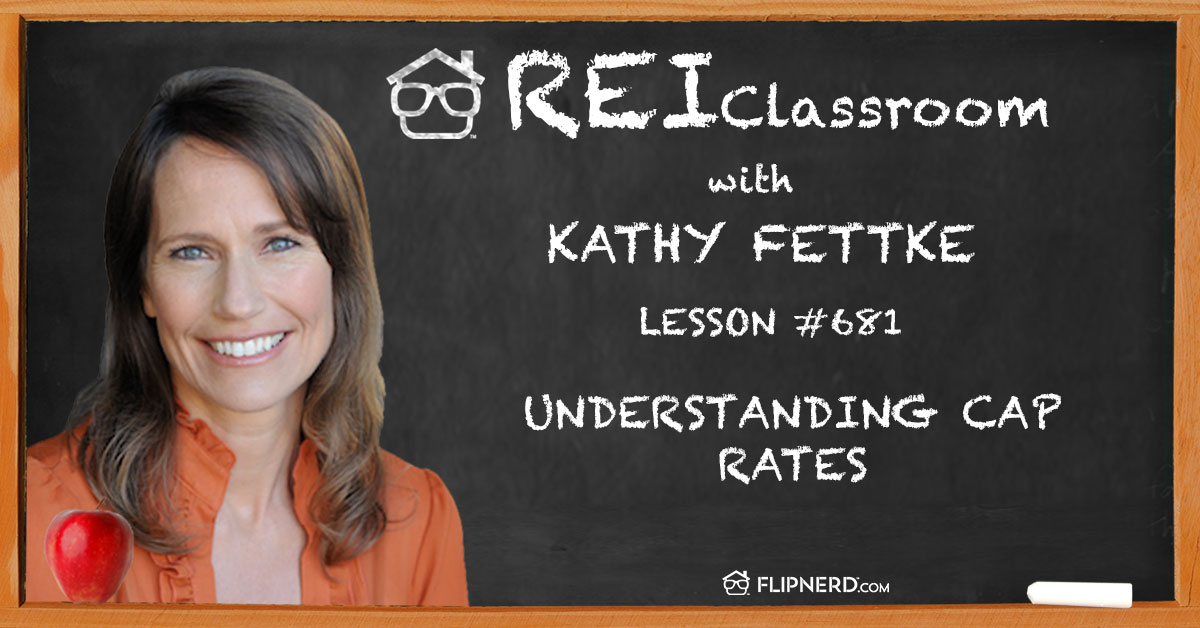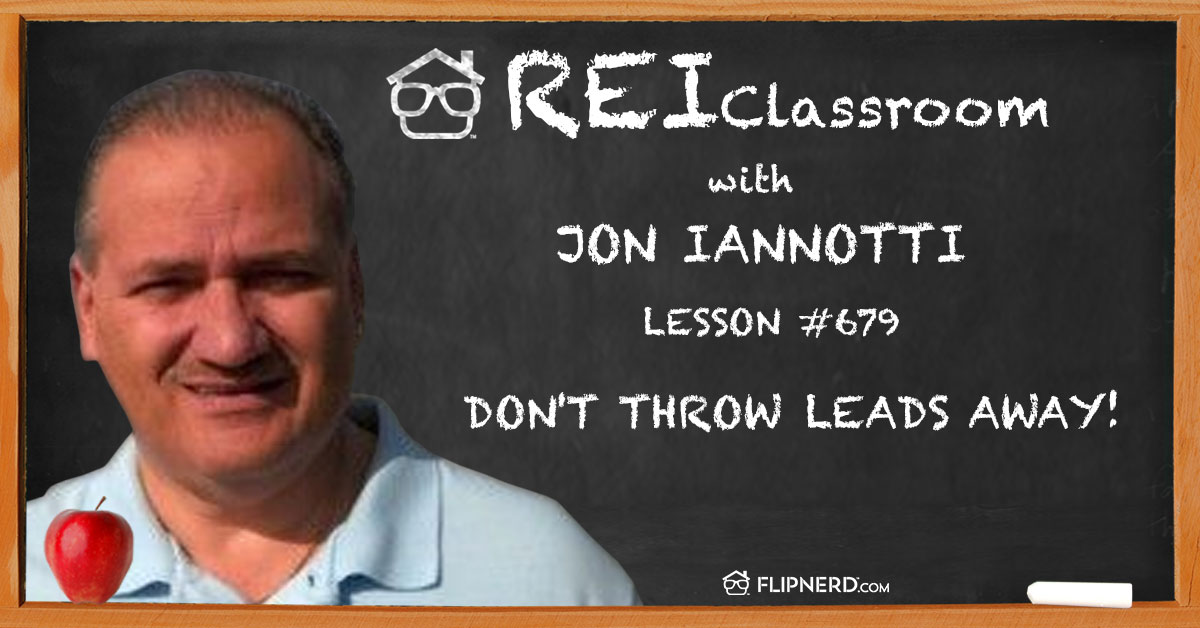Today’s REI Classroom Lesson
Clay Malcolm explains how you’re able to partner with your IRA as a disqualified person.
REI Classroom Summary
As Clay Malcolm explains, there are multiple opportunities with different types of benefits by partnering with your IRA.
Listen to this REI Classroom Lesson
Real Estate Investing Classroom Show Transcripts:
Mike: Welcome back to the FlipNerd.com REI Classroom, where experts from across the real estate investing industry teach you quick lessons to take your business to the next level.
Now, let’s meet today’s expert host.
Clay: Hi everyone. My name is Clay Malcolm. Welcome to the REI Classroom.
Today, we’re going to be talking about the confusion that sometimes occurs around the fact that your IRA can partner with your personal finances. I’ll explain how it works. We are going to be talking today about you, your personal finances partnering with your IRA.
Mike: This show is sponsored by PassiveRental.com.
Clay: Now, a lot of you are IRA Real Estate Investors and you’re probably familiar with the disqualified person rules, meaning that all IRAs have some folks who are disqualified to the IRA, meaning that they can’t have particular transactions.
First amongst those is the IRA holder. So how is it that an IRA holder, their personal finances, can partner with their IRA finances?
Well, it’s a matter of the difference between a transaction, in other words, the IRA buying from you, or you buying from your IRA, versus being a side by side partner. In a title relationship on a properties titling, the IRA holder and the IRA have two different names, their percentage of ownership needs to be dollar for dollar in terms of the dollars that they’re putting in there toward the purchase of the property.
What the IRS sees is each of those entities which are different legal and financial entities, own a percentage of an asset. It’s an undivided percentage and it just happens to be an asset that the other entity owns the other percentage.
So the way that that breaks down from a practical standpoint is, let’s say that your IRA owns 60% and you personally own 40%. That means that every disbursement for purchase, for maintenance, for insurance, so on and so forth, would need to be split 60-40 and all of the returns, whether that’s rent or proceeds from sale, would also be split 60-40.
From a tax perspective, one of the things to keep in mind, of course, is that you have two different tax statuses that are participating there. Your IRA’s returns, of course, will be in that tax umbrella that the account has, whether that’s traditional or raw through even an NHSA. The personal part, the 40%, in this particular example, that’s something that would be treated on your 1040 each year because it is a personal investment and would be part of the rest of your personal financial world.
But presumably, this ability to have those two entities participating in the same property might give you the ability to, when you find the property that you really like and think can perform well, that you can have some of that benefit go toward your long term financial goals in terms of retirement. And some of it can go into your pocket right away. You can really mix that up in terms of the way that you structure your financial world when you find a property.
Now that thing that I will mention about it is that it is a little rigid. So once the percentage is set up between the percentage of ownership between the IRA and the person, it has to stay the same throughout the life of the asset.
Now, either one of those entities, of course, can sell their percentage to a non-disqualified person, but if you’re going to keep the ownership structure the way it is, the disqualified person rules and prohibited transactions does mean that you can’t swap percentage of ownership midstream.
Be ready to go ahead and have that play out. Certainly in a sales scenario, that’s not really a big deal because the proceeds from sale will come back and be split 60-40, but do understand that there’s a little bit of rigidity in the partnership arrangement. Again, this is an opportunity to get a hold of a property and have the ability to have a couple of different types of benefits from it.
A lot of people get confused just because of those disqualified person rules. So hopefully, that clears it up for you, and hopefully, you will be able to partner on properties with yourself and possibly other disqualified persons in a way that makes sense for you.
Thanks a lot for joining us on the REI Classroom. We’ll see you next time.
Mike: PassiveRental.com is your source for turnkey, done-for-you rental properties. If you’d like to be an investor and not a landlord, please visit PassiveRental.com to learn how to purchase cash-flowing, professionally managed rental properties in the hottest rental markets across the country. We can also help connect you with financing for your next property. Invest the easy way today, and get started by visiting PassiveRental.com.
Please note, the views and opinions expressed by the individuals in this program do not necessarily reflect those of FlipNerd.com, or any of its partners, advertisers, or affiliates. Please consult professionals before making any investment or tax decisions, as real estate investing can be risky.
Are you a member yet of FlipNerd.com, the hottest real estate investing social community online? If not, you can join for free in less than 30 seconds and get access to hundreds of off-market deals, vendors in your market to help you in your business, and you can start networking with thousands of other investors just like you. Get your free account now at FlipNerd.com.
Please check out the FlipNerd family of real estate investing shows, where you can access hundreds of expert interviews, quick tips, and lessons from leaders across the real estate investing industry. They’re available at FlipNerd.com/shows, or simply search for FlipNerd in the iTunes store.










